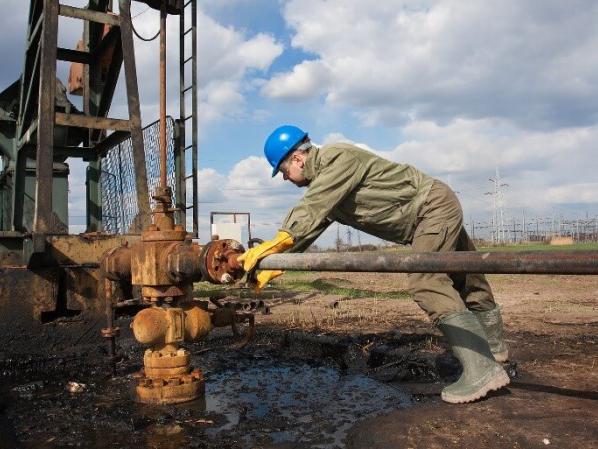The ACGIH Revises the Threshold Limit Value (TLV) for Benzene
May 1, 2024

In January 2024, the American Conference of Governmental Industrial Hygienists (ACGIH) published their latest version of the Threshold Limit Values (TLVs) for hazardous chemicals. Of particular note is the new limit for benzene. The threshold limit value is now 0.02 parts per million (ppm), a substantial reduction from the previous value of 0.5 ppm. Additionally, the 15-minute short-term exposure limit (STEL) has been eliminated altogether.
How is the Revised TLV Going to Protect Workers?
These changes are aimed at minimizing the risk of bone marrow toxicity and other adverse health effects associated with benzene exposure, including conditions like myelodysplastic syndrome, acute myeloid leukemia, and chromosomal damage.
Furthermore, benzene now carries a skin notation, indicating that skin absorption creates an additional potential exposure to workers in addition to inhalation.
What Steps Should Employers Take to Align with the Revised ACGIH TLVs?
As the ACGIH TLVs are incorporated or referenced by regulation, industries across various sectors will need to adapt to this new standard. Employers should conduct risk assessments, monitor worker exposure, and consider additional exposure control measures and Personal Protective Equipment (PPE).
Benzene is considered a confirmed human carcinogen by ACGIH, International Agency for Research on Cancer (IARC), National Toxicology Program (NTP) and the U.S. Environmental Protection Agency (EPA). The global burden of cancer is high and continues to increase based on epidemiological data. The evidence is clear that all workplaces should be re-assessed for benzene vapour to determine occupational exposure if the ACGIH TLV and STEL are reduced.
How Can Jurisdictions Reconcile Differences in Occupational Exposure Limits (OELs)?
ACGIH TLVs are considered the gold standard in workplace hazardous exposure prevention. Many Occupational Exposure Limits (OELs) are based on ACGIH TLVs but vary across federal/provincial/state jurisdictions and do not always match every recommendation from ACGIH. Federal/provincial/state jurisdictions will review the recent guidelines from ACGIH and determine if they will revise their own OELs for benzene.
As every work environment and task is unique, the judgment of qualified professionals such as an occupational hygienist or an occupational health and safety professional should be used to interpret an exposure limit and provide guidance on control measures to eliminate or minimize exposures in the workplace.
What are Some Industrial Applications and Uses for Benzene?
Benzene is found in motor vehicle exhaust, volcanic or forest fires and it is found in gasoline, crude oil, and cigarette smoke. Benzene is a component of many industrial products derived from coal and petroleum and it is found in gasoline and other fossil fuels. Trace amounts of benzene can be found in chemicals like toluene, ethylbenzene, and xylene, and it is used to make chemicals like cumene and cyclohexane. Benzene is used in the manufacture of plastics, detergents, pesticides, synthetic fibers, rubber, lubricants, dyes, resins, drugs and so many other industrial chemicals. Additionally, benzene can be found in varying degrees in paint products, such as paints, sealers, lacquers, and stains.
For more information on the ACGIH revisions to the benzene TLV, contact us. Our award-winning chemical management software, CHAMP, empowers organizations to effectively evaluate and manage occupational health hazards including benzene.



